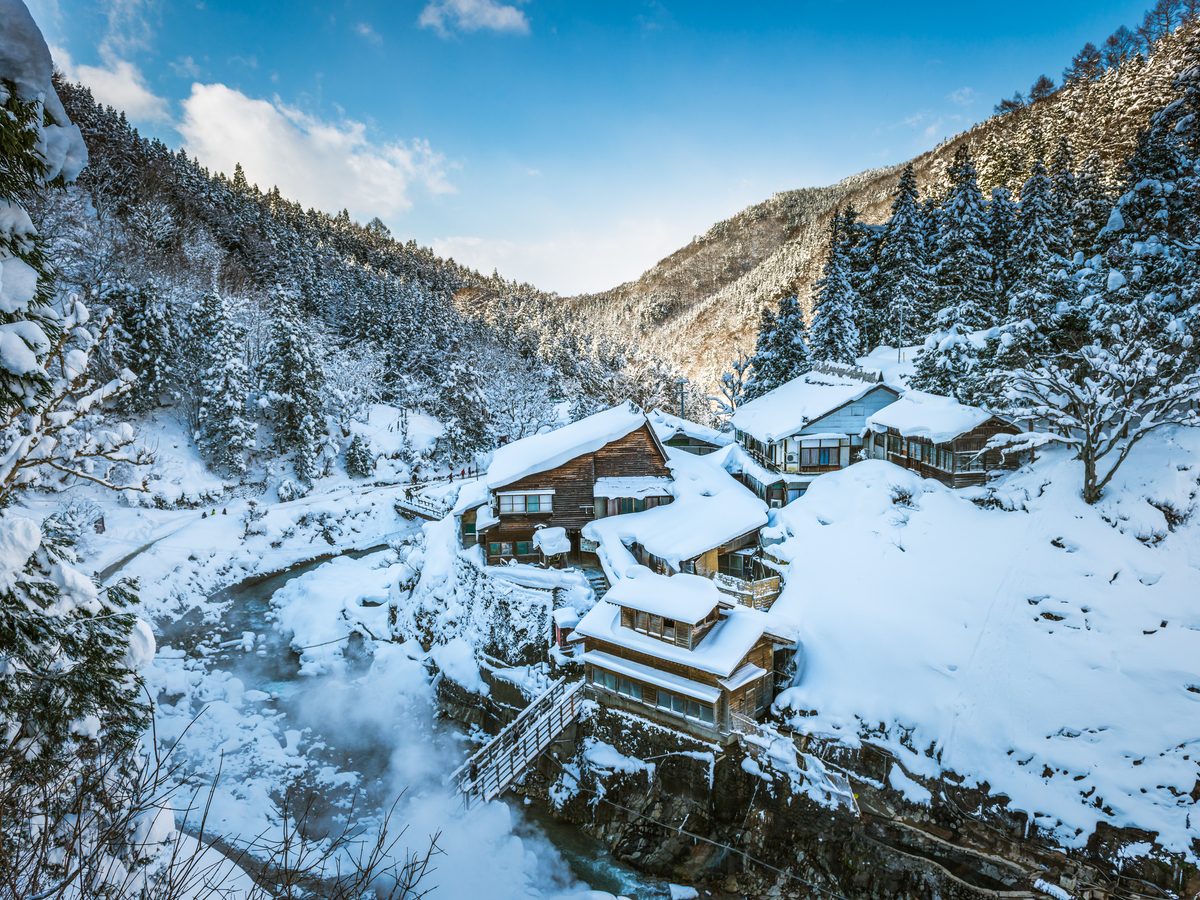
The best places to visit in Japan
When you think of Japan, the first places that probably come to mind are Tokyo and Kyoto. These two sprawling, densely populated cities are perennial bucket list favourites, particularly popular for their history, architecture, fashion and cuisine. And while Tokyo and Kyoto are must-see destinations for a first-time trip to the Land of the Rising Sun, the country’s quieter, under-the-radar regions can be equally rewarding.
Japan, after all, consists of four main islands: Hokkaido, Honshu, Shikoku and Kyushu—each with its own distinct character, and each worthy of a visit. To make things a bit easier, in this list we’ll be sticking with Honshu, Japan’s largest and most-visited island, and home to both Tokyo and Kyoto.
From castle ruins to sand dunes, consider these destinations when planning your own Japan travel itinerary.
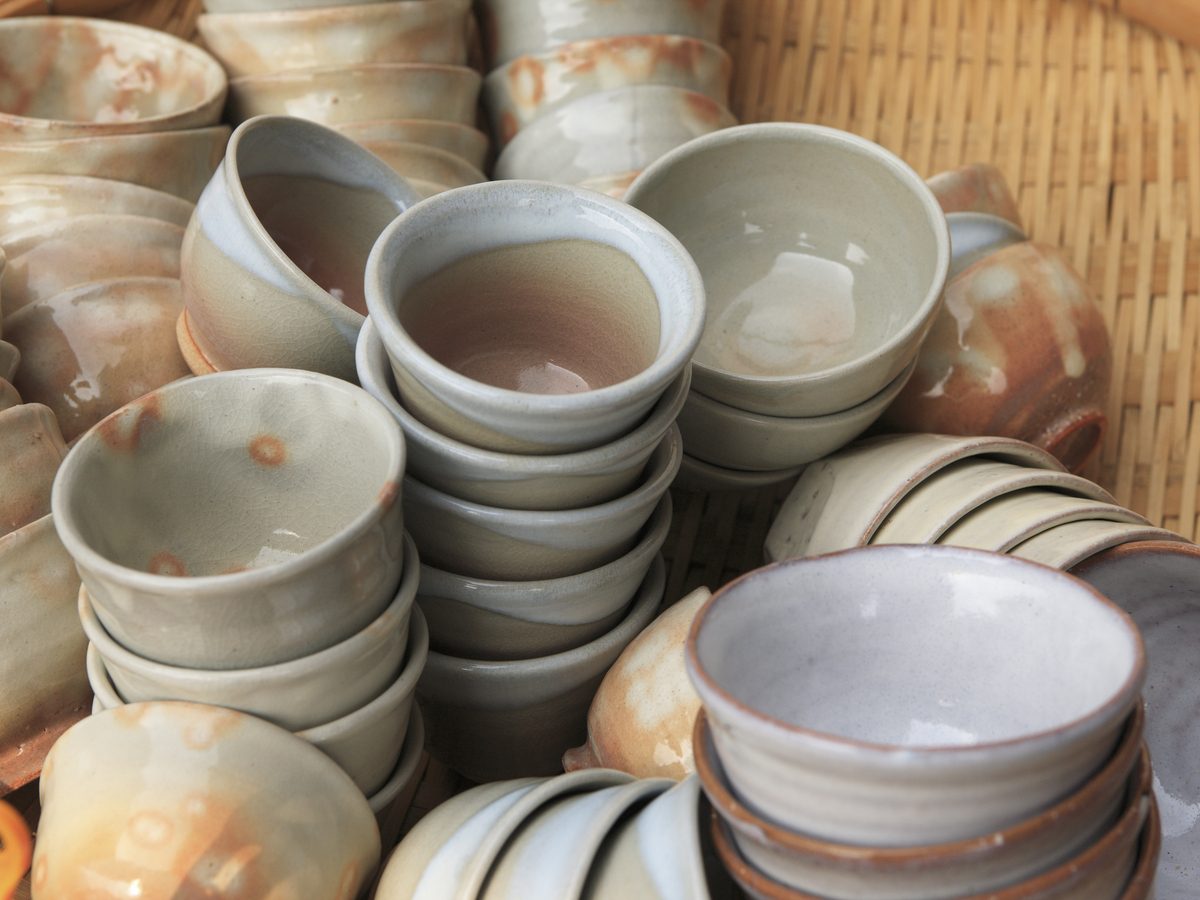
Hagi, Yamaguchi
Hagi, a small city located along the Sea of Japan in Yamaguchi Prefecture, has managed to avoid major natural disasters for most of its history. As a result, walking through Hagi is like stepping back in time—its picture-perfect wooden houses and tiny waterways are almost how they would have appeared a century ago.
The city’s national claim to fame is Hagiyaki, a renowned style of pottery prized by tea enthusiasts for its feel and texture. Hagi is also home to some of the best-preserved temples, castles and original samurai homes in Japan. As we learned during our 10-day Backroads of Japan tour with Canadian travel company G Adventures, the locals are incredibly friendly too, even by Japan’s standards!
Check out these other hidden gems you can only see in Japan.
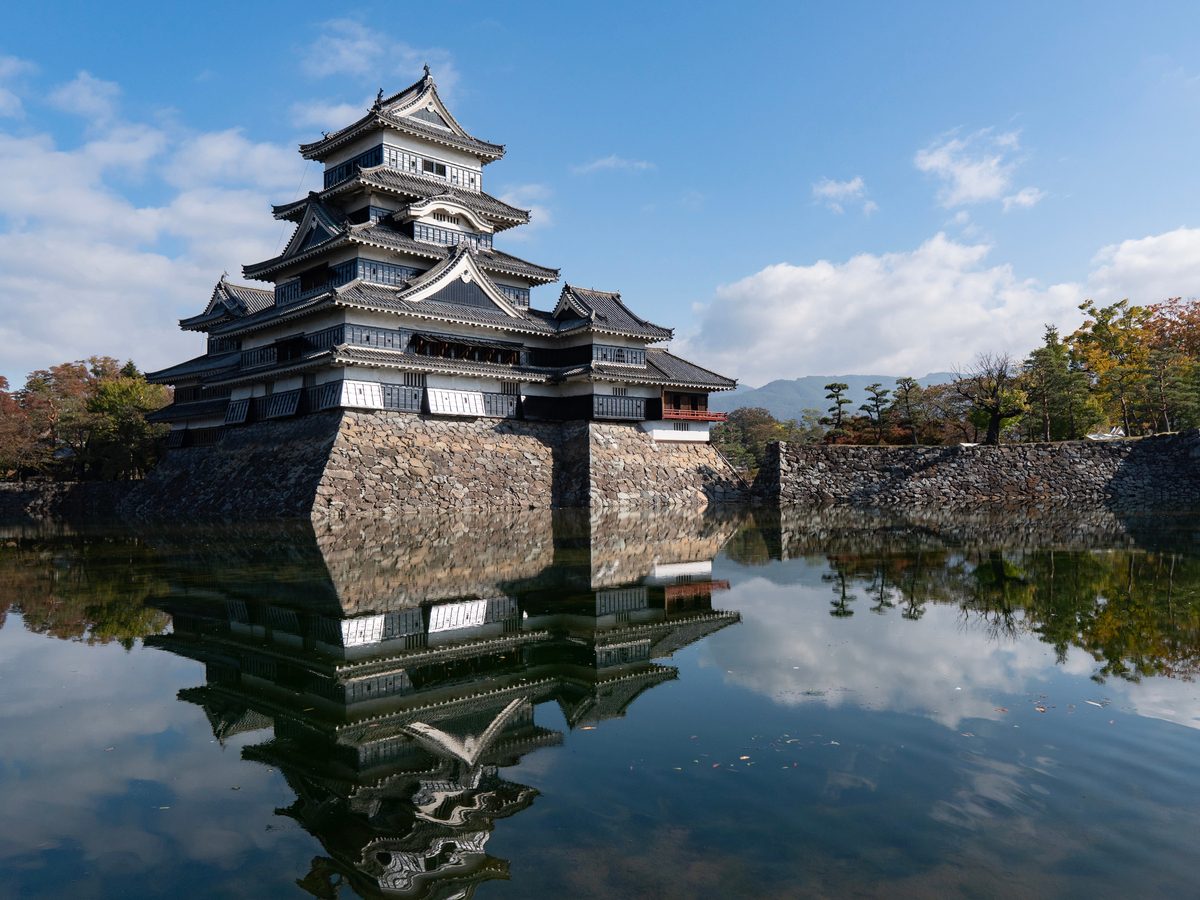
Matsumoto, Nagano
Matsumoto may be Nagano Prefecture’s second-largest city, but it still manages to combine big city attractions with small town ambience. Its most famous attraction, Matsumoto Castle, dates back to 1595 and is one of the country’s last remaining original castles. The structure’s wooden interior—complete with some of the steepest staircases imaginable—is a sight to behold, as are the black and white outer walls. Matsumoto Castle is even more beautiful in early-April, when Nagano’s cherry blossom season begins and the trees surrounding the castle’s keep explode with colour.
A short walk from the castle lies Nakamachi-dori, a series of pedestrian-friendly streets lined by old-fashioned houses and warehouses. The area is where Matsumoto’s merchants used to live during the 17th and 18th centuries; now they’ve been converted to small shops, restaurants and traditional inns. Need more reason to stop by? Matsumoto is surrounded by the Japanese Alps, and one would be hard-pressed to find a sightline that isn’t framed by majestic mountains.
Don’t miss these other places you’ve never considered visiting—but should.
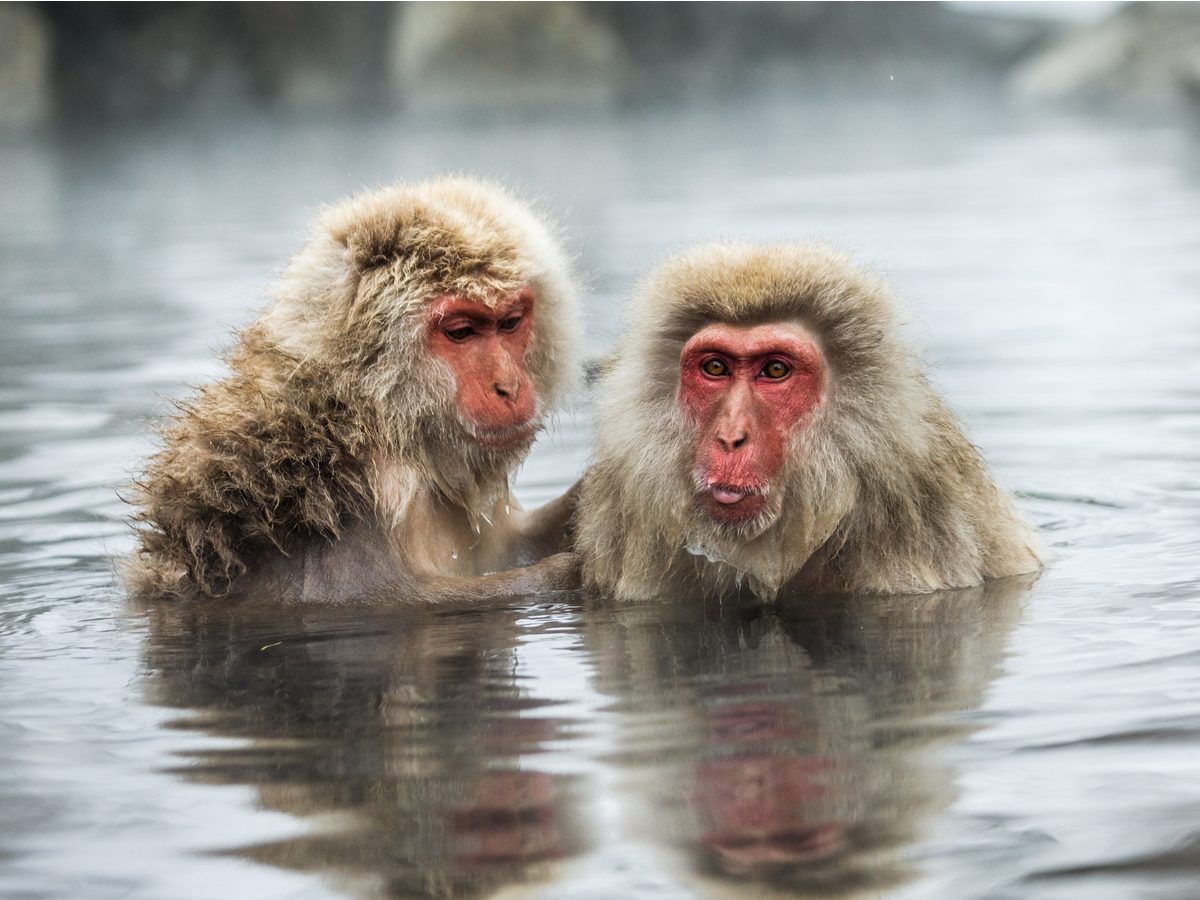
Jigokudani Monkey Park
The journey to Jigokudani Monkey Park is almost as gratifying as the park itself: a peaceful 40-minute train ride from Nagano station, followed by a scenic 15-minute bus ride through the resort town of Yamanouchi, then a 35-minute walk through a snow-blanketed forest. (Despite the fact that Jigokudani translates to “Hell Valley,” the scenery is nothing short of divine.) The park, inhabited by Japanese Macaques, or snow monkeys, was established in 1964 as a way to protect these photogenic but often sly animals. They’re also the only snow monkeys in the world known to enjoy bathing in hot springs—they learned the pastime decades ago by watching locals soaking nearby.
Here are more quirky things you can only find in Japan!
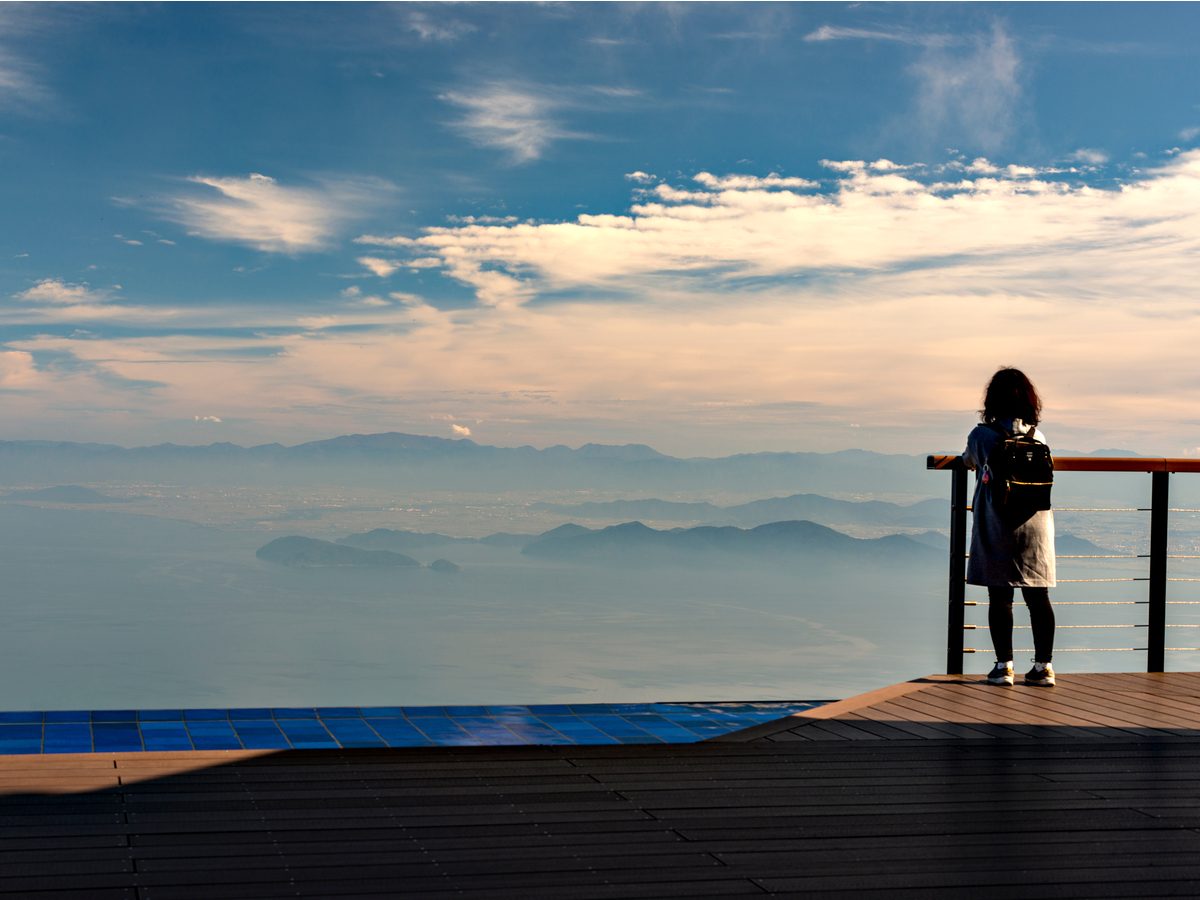
Otsu, Shiga
If there’s one thing Otsu isn’t lacking, it’s beautiful views. After all, the capital city of Shiga Prefecture is located along the banks of Biwa, Japan’s largest freshwater lake. Visitors can rent canoes, kayaks and paddle boards to explore the lake, or hop on an old-world paddle steamer for a quick tour. Nearby is the Lake Biwa Canal, a 20-kilometre long waterway that connects Otsu with Kyoto. The scenic canal is lined with primarily cherry and maple trees, and cruises are also available for short periods during spring and autumn.
There’s no shortness of ryokans in Otsu either. These traditional inns are the epitome of Japan—picture tatami mat floors, shoji screens, short-legged wooden tables, colourful yukata robes, multi-course dinners and of course, onsens, or hot springs. In a word? Enchanting.
Get inspired by this gallery of gorgeous Japan photos.
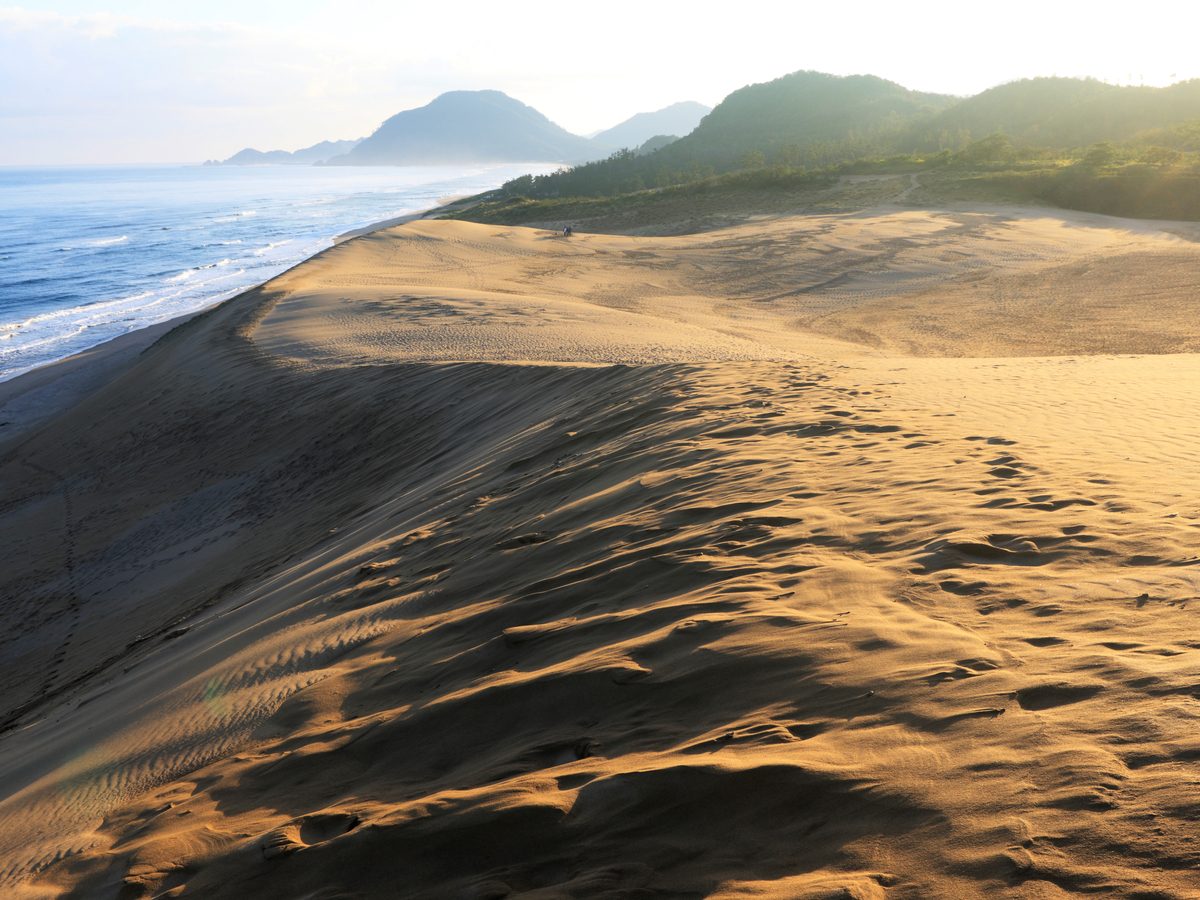
Tottori Sand Dunes
Located outside the city of Tottori in the Chūgoku region of Japan stands an unforgettable sight: the Tottori Sand Dunes. Each dune measures as high as 50 metres, and the dunes themselves span 16 kilometres along the Sea of Japan. These natural wonders were formed over the course of thousands of years, as sand from the nearby Sendai River was continually washed out to sea and redeposited back to the coast by ocean currents. Even if you’ve read about just how diverse Japan’s landscapes are, the Tottori Sand Dunes remains one of the most thrilling surprises Japan has to offer.
Next, check out these tips for travelling to Japan for the first time.